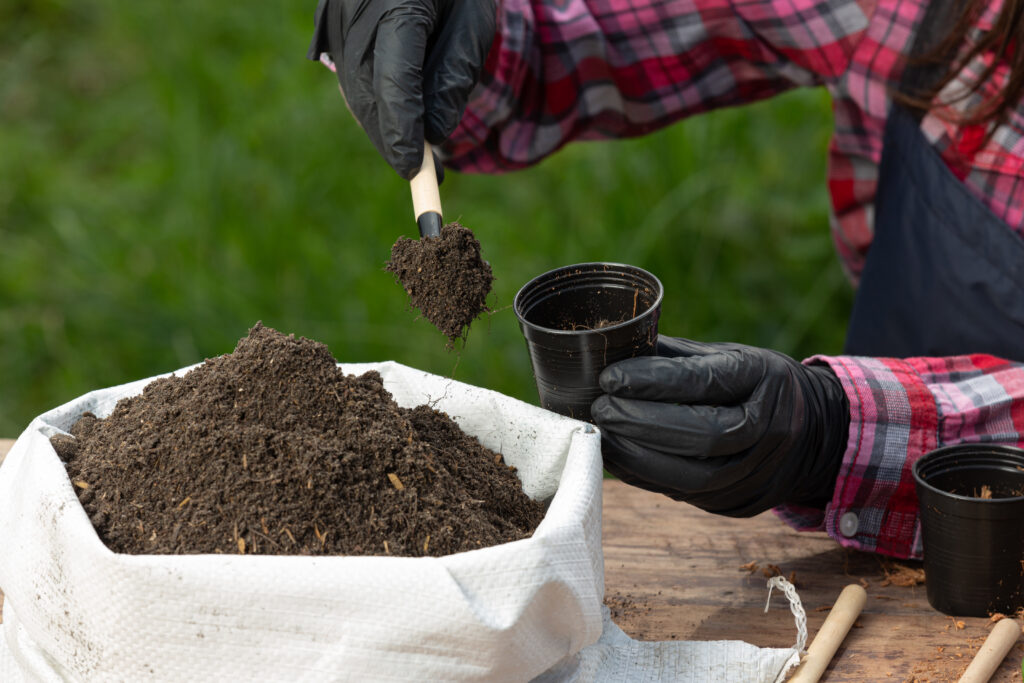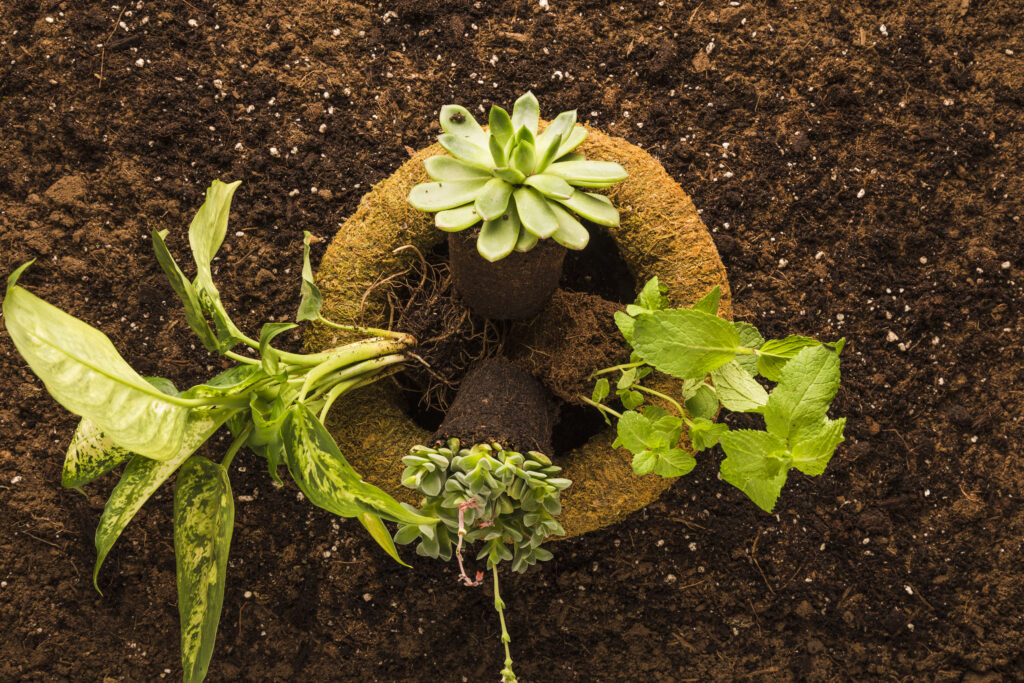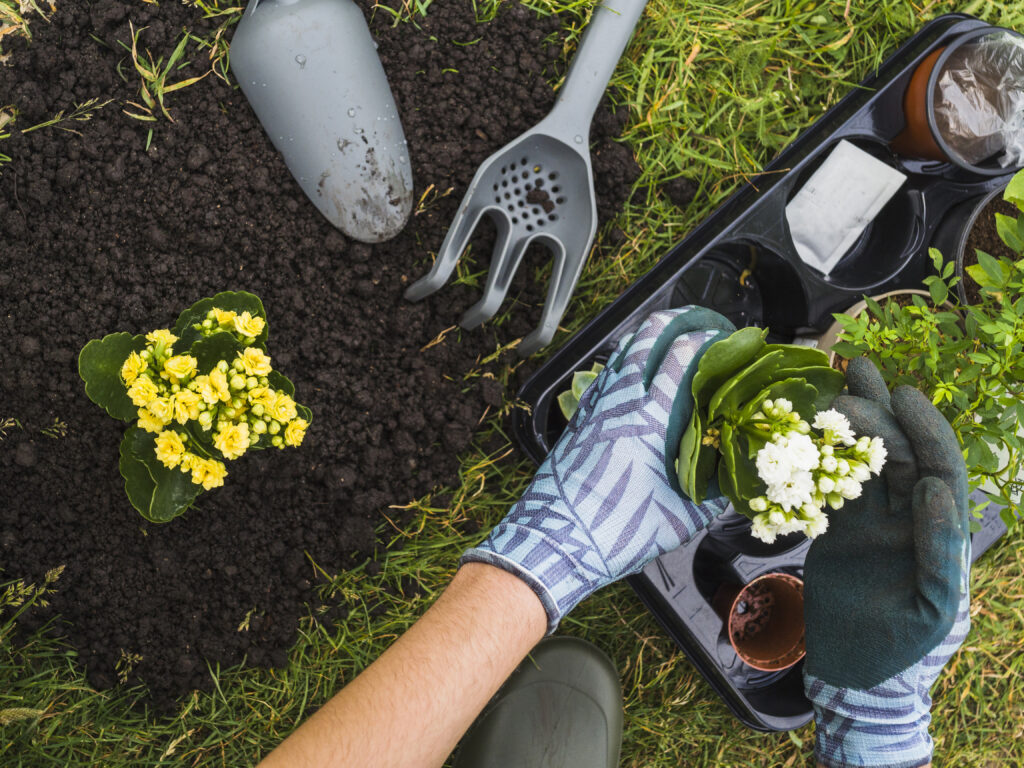How to Reuse Old Soil: Eco-Friendly Tips for Gardeners in Vancouver

If you’ve been gardening for a while, chances are you’ve found yourself staring at a pile of used soil and wondering: Can I actually reuse this?
The answer: Yes, sometimes. And when you can, it’s a win-win for both your garden and the environment.
Every year, tons of soil end up in landfills but that soil could’ve been reused, refreshed, or recycled. At Provident Junk Removal, we believe that junk (even soil!) deserves a second chance whenever possible. That’s why we’ve put together this easy, practical guide for gardeners, landscapers, and green thumbs across Vancouver who want to make smart, sustainable choices with their old soil.
What Kind of Soil Can Be Reused?
Not all old soil is “dead.” In fact, soil that has simply been used for one planting season or stored properly can often be refreshed and reused for your next project. The most common reusable types include:
- Potting soil from containers and planters
- Topsoil from garden beds
- Composted soil or soil mixed with organic matter
Slightly depleted soil still has structure and it just needs a bit of a nutrient boost to be productive again. That means fewer trips to the garden center and less waste going into the bin.
Signs Your Soil Is Still Good to Use

There are a few simple ways to tell if your old soil is still reusable:
- It smells neutral or earthy (not sour or rotten)
- The texture is loose and well-draining
- You don’t see mold, pests, or any odd growth
- There’s no visible trash, glass, or chemical contamination
If your soil checks these boxes, you’re good to go. A bit of compost and aeration can go a long way in making it garden-ready again.
When Soil Should Not Be Reused
While it’s great to reuse soil when possible, there are times when it’s better to dispose of it safely and especially if it’s been exposed to harmful substances or is showing signs of poor health.
Common Reasons Soil Becomes Unusable
- It’s been contaminated with oil, paint, or construction debris
- It contains mold, pests, or foul odors
- It’s been mixed with pet waste, garbage, or food scraps
- It’s heavy, clay-based soil that doesn’t drain well
- It was exposed to road salts during winter (common in urban areas)
Warning Signs of Bad Soil
If your soil has a sour smell, appears clumpy and compacted, or has white fuzz growing on top, it’s best not to reuse it and especially for plants. Soil that’s been sitting in sealed containers or plastic bags without airflow may also become anaerobic and unusable.
When in doubt, it’s better to be safe and especially if you’re using the soil to grow food. This is where professional soil disposal or recycling becomes a better option.
How to Refresh and Reuse Soil at Home
If your soil is still in decent shape, you don’t have to throw it out. There are several DIY methods to breathe life back into old soil with minimal effort.
Start by removing any dead plant material, roots, or old mulch. Break up clumps and let the soil air out in the sun for a day or two to dry and naturally sterilize. Then, give it a boost:
- Mix in compost or worm castings to restore nutrients
- Add perlite, sand, or peat moss for improved aeration and drainage
- Combine with a portion of fresh soil for better texture and structure
Once revitalized, your reused soil is ready for container gardening, flower beds, or raised garden boxes.
Smart Ways to Reuse Soil Around the Yard
Reusing soil doesn’t always mean planting something in it. Old soil can be surprisingly versatile around your yard or property.
Use it to level out low spots in your lawn, as fill dirt for landscaping, or as a base layer beneath gravel or patio stones. If the soil is too depleted for growing, it still has structural value.
For those with green thumbs, combining used soil with compost makes a fantastic blend for raised garden beds or starting new planters.
Creative Soil Reuse Ideas for Gardeners

Want to get a little more creative with your soil reuse? Here are a few fun and resourceful ideas:
- Build a vertical herb garden using reused soil and scrap wood
- Start a DIY compost bin and mix in used soil to activate microbial activity
- Use old soil as filler in the bottom half of large planters (top off with fresh soil)
- Donate clean soil to a local school, community garden, or neighbor
- Create a worm composting system using reused soil to feed your red wigglers
With a little creativity, you’ll be amazed how much you can do with what might’ve ended up in the dump.
What Happens When Soil Is Professionally Recycled?
If your soil isn’t reusable or you simply have too much of it to deal with—don’t worry! At Provident Junk Removal, we offer professional soil removal and disposal services with a focus on sustainability.
Instead of dumping everything into a landfill, we work with local facilities that:
- Screen and filter clean soil for reuse
- Mix it with organic material to produce high-quality topsoil
- Reuse it in public parks, landscaping, and green construction projects
We believe soil can serve a second purpose, even if it’s not in your backyard. That’s why we go the extra mile to sort and recycle whenever possible.
Need Help With Soil Removal in Vancouver?
We understand that dealing with piles of dirt isn’t everyone’s idea of a good time. Whether you’re tackling a landscaping overhaul, clearing out garden beds, or removing leftover soil from a renovation, we’re here to make cleanup easy.
At Provident Junk Removal, we provide fast, affordable, and eco-friendly soil removal across Vancouver and surrounding areas.
We’ll handle the heavy lifting and ensure your soil gets a responsible second life, either through reuse or recycling.
Book your soil pickup today by calling +1 (672) 667-4238
We’ll give you a free quote, answer any questions, and schedule a time that works for you. It’s junk removal with purpose—and your garden (and the planet) will thank you.



